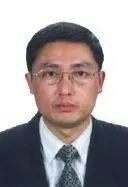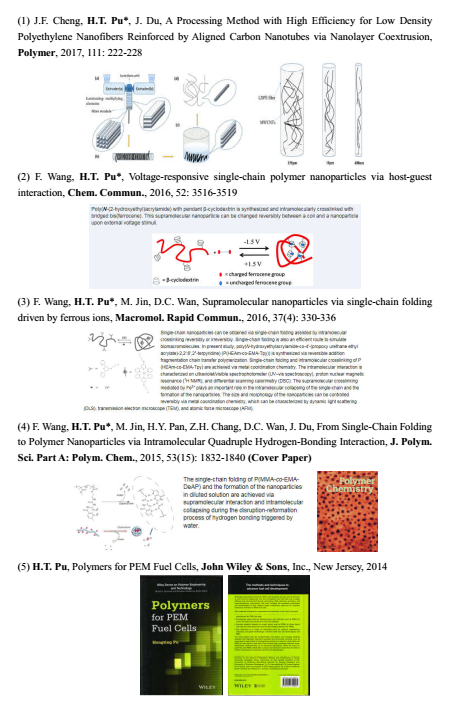Search

Lectures times & venues
Time: 09 March 2023 (Thursday) 19:00-20:35
Venue: Staircase 4, Rui'an Building, Siping Campus
Lectures Description
New Energy and Energy Materials

Broadly speaking, all materials required by the energy industry and energy technologies can be referred to as energy materials. However, in the field of new materials, energy materials often refer to those materials that are being developed and may support the establishment of new energy systems to meet the specific requirements of various new energy sources and energy-saving technologies. The classification of energy materials has not yet been clearly defined internationally and can be divided by the type of material or by the use to which it is put. Broadly speaking, they can be divided into fuels (including conventional fuels, nuclear fuels, synthetic fuels, explosives and propellants, etc.), energy structure materials, energy function materials and other major categories. According to the purpose of their use, energy materials can be divided into energy industry materials, new energy materials, energy-saving materials, energy storage materials and other major categories. For the convenience of description, a mixed classification is often used. In a broad sense, all materials required for the energy industry and energy technology can be called energy materials. However, in the field of new materials, energy materials often refer to those materials that are being developed and may support the establishment of new energy systems to meet the specific requirements of various new energy and energy-saving technologies. The classification of energy materials has not yet been clearly defined internationally and can be divided by the type of material or by the use to which it is put. Broadly speaking, they can be divided into fuels (including conventional fuels, nuclear fuels, synthetic fuels, explosives and propellants, etc.), energy structure materials, energy function materials and other major categories. According to the purpose of their use, energy materials can be divided into energy industry materials, new energy materials, energy-saving materials, energy storage materials and other major categories. For ease of description, a mixed classification method is often used.
Speaker Introduction

Professor Pu Hongting
PhD Supervisor, Director, Institute of Functional Polymers, School of Materials, Tongji University
Academic appointments:
Editorial board member of Mediterranean J. Chem., Functional Materials, Chemical Engineering, etc. He has served on the editorial boards of Science, J. Am. Chem. Soc., Prog. Polym. Sci., Macromolecules, Adv. Funct. Mater., Adv. Energy Mater. Mater., J. Power Sources and more than 50 international journals and more than 30 domestic journals such as Chinese Science, Journal of Chemistry in Higher Education, Journal of Physical Chemistry, Journal of Chemistry and Functional Materials. He has served as a member of the Polymer Chemistry Committee of the Shanghai Chemical and Chemical Society, a member of the Third Expert Committee of the Shanghai Foundation for the Development of Science and Technology in the Automotive Industry, and a member of the Academic Committee of the Key Laboratory of Functional Materials in Hebei Province. He has repeatedly served as an expert in the review of national and provincial science and technology awards, the National Natural Science Foundation of China, the Ministry of Science and Technology and other provincial and ministerial projects and talent funds.
Research interests and achievements:
Polymer energy materials, polymer functional films, polymer nanostructures and nanocomposites, polymer synthesis and modification, etc. He has presided over 31 research projects at the National Natural Science Foundation of China, 863 major projects, 973 sub-topics, talent fund and provincial and ministerial level, and has been granted 57 invention patents. He has published 212 papers in academic journals, 33 papers in conferences, 124 papers in SCI (cited more than 1600 times, 51 papers with IF>3.0, H-factor 24).




